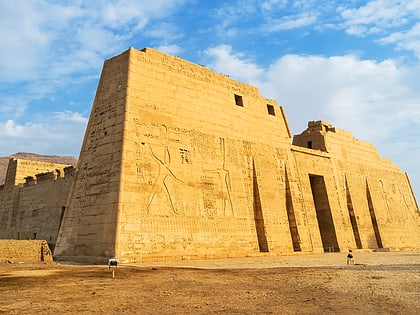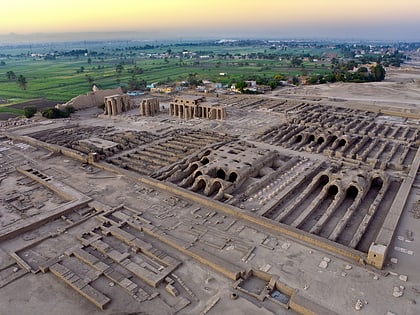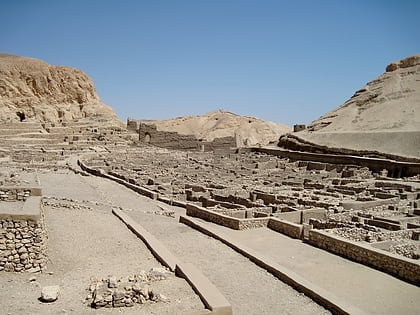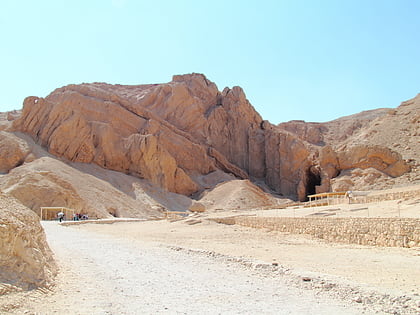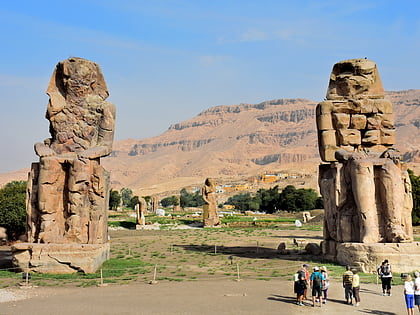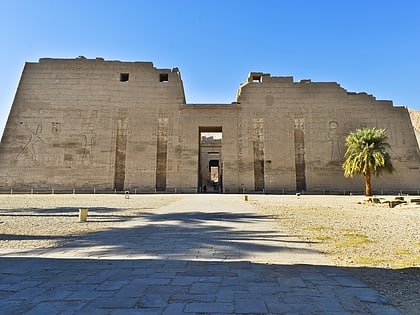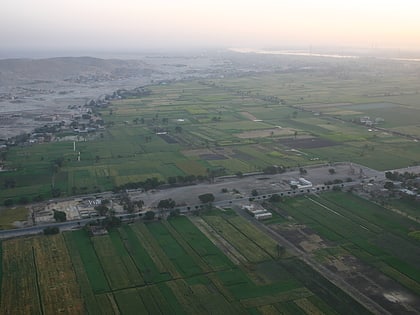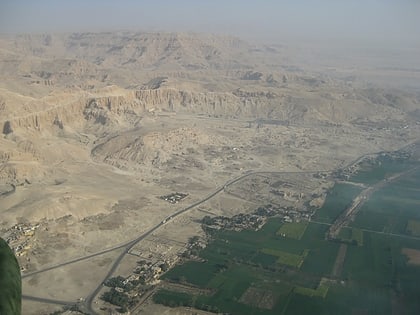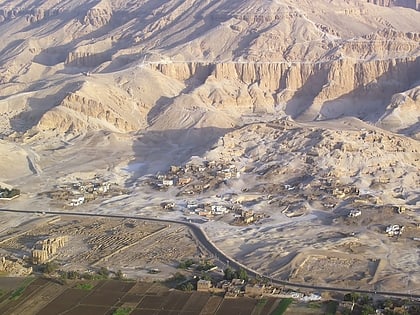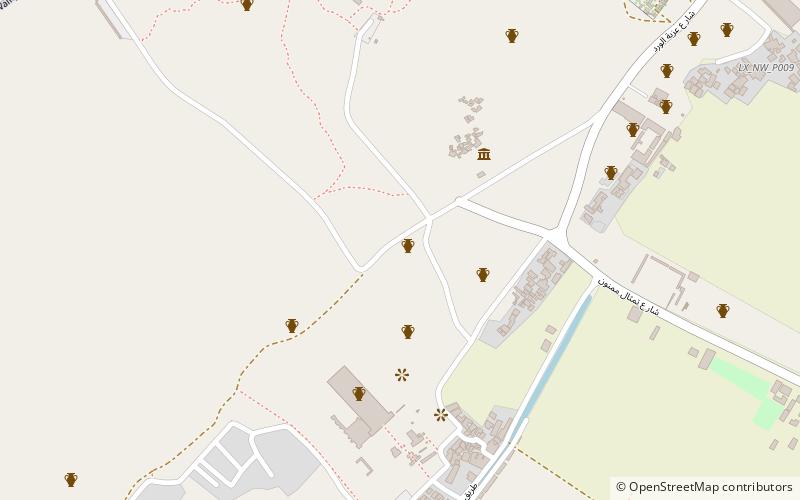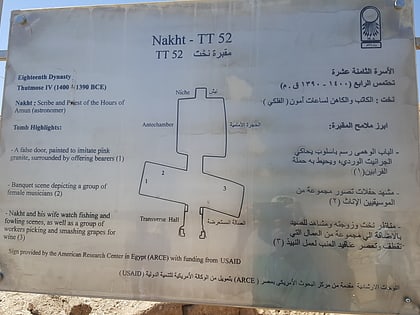Malkata, Luxor
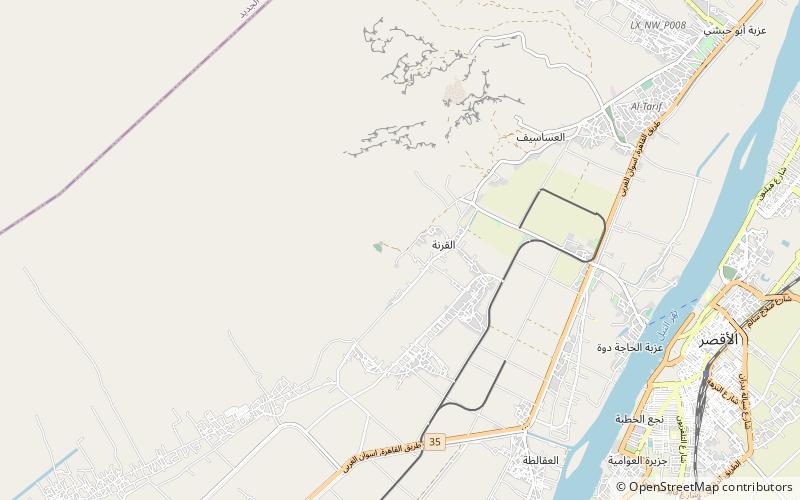
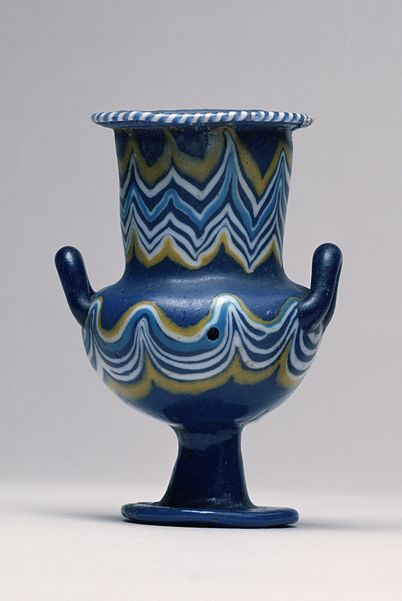
Facts and practical information
Malkata, an ancient archaeological site nestled within the city of Luxor, Egypt, stands as a testament to the grandeur of the New Kingdom period of Ancient Egyptian civilization. This extensive palace complex, once the royal residence of Pharaoh Amenhotep III, dates back to the 14th century BCE and showcases the opulence and architectural sophistication of the era.
The remnants of Malkata, though now in ruins, provide a fascinating glimpse into the lifestyle of Egyptian royalty. The complex included several palaces, administrative buildings, chapels, and residential quarters for staff and officials. It was adorned with intricate wall paintings and decorations, some of which still retain their vibrant colors, offering insights into the artistic practices of the time.
Malkata was not merely a royal abode but also served as a ceremonial and administrative center. The site was strategically located near the Theban Necropolis, with direct access to the Nile, underscoring its significance within the ancient city of Thebes, the capital of Ancient Egypt during the New Kingdom.
The complex was eventually abandoned, and over time, the once-magnificent structures succumbed to the elements and the passage of time. However, ongoing archaeological efforts continue to unearth its hidden treasures, allowing historians and visitors to piece together the story of this majestic site.
Today, Malkata is open to tourists who wish to explore the remnants of this ancient palace. Visitors can wander through the ruins, marveling at the scale and imagining the grandeur that once was. The site offers a unique opportunity to delve into the rich tapestry of Ancient Egyptian history and culture, set against the backdrop of the modern city of Luxor.
Luxor
Malkata – popular in the area (distance from the attraction)
Nearby attractions include: Medinet Habu, Ramesseum, Deir el-Medina, Valley of the Queens.

